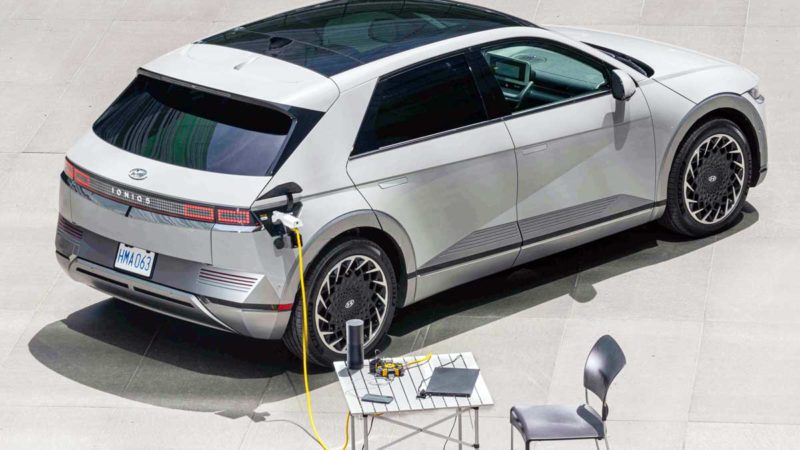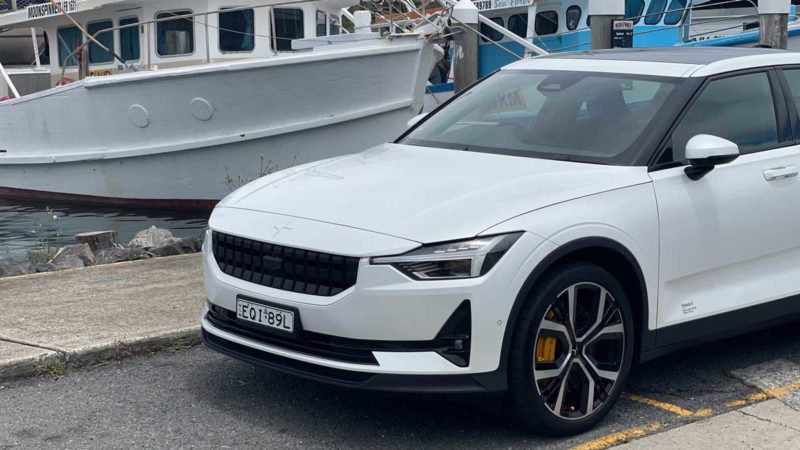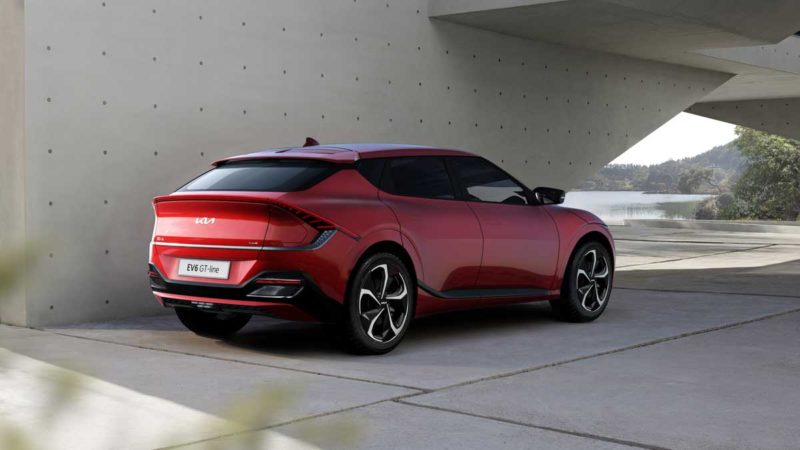Australians are showing increased interest in electric vehicles, but even those prepared the high price for current models are going to be frustrated: the number of EVs coming into Australia are likely to slow to a trickle in 2022.
That’s the sad reality of the EV industry in Australia, laid bare by the lack of a coherent federal policy (it’s not even clear that the government wants more EVs in Australia), and the supply constraints that are making big car makers prioritise bigger markets where they know they are welcome.
It is clear that there is huge demand for EV models, such as the Tesla Model Y, the Hyundai Ioniq 5, the Polestar 2 and the Kia EV6 – even though they are priced from $60,000 and up. Try getting your hands on one though.
The Hyundai Ioniq 5, for instance, was in so much demand on the day its pre-orders were launched that Hyundai Australia’s website crashed and the carmaker was forced to temporarily suspend the order page. But only 400 were on offer.
The Ioniq 5 is the South Korean carmaker’s first electric vehicle built on a dedicated EV platform, and it has features such as vehicle-to-load charging which allow the owner to plug in electrical devices from laptops to electric scooters to drills and kettles, and the option to level up to ultra-fast charging with an 800-volt architecture.

It is also a departure from Hyundai’s other two EVs on the local market – the Kona EV and Ioniq electric – in that it embraces the new, minimal style of dash with less reliance on knobs and dials and more vehicle controls via touchscreens.

Within a few hours of launch, all 400 of the first batch of boxy yet nifty Ioniq 5s secured by the carmaker’s Australian arm had been accounted for.
The same could very well happen for two other new pure electric vehicles set to enter the local auto market.
One of these is the Kia EV6, which is built on the same platform as the Ioniq 5 but is a crossover-style vehicle with arguably sleeker lines but equally compelling specs.
The other is the Polestar 2, which hails from Geely-owned brand Polestar, a sister brand of Volvo. We test drove this and were pleasantly surprised; with a starting price tag of $59,900, it has potential to win over even the ICE-iest of hearts.

But there’s a big problem: both vehicles, like the Ioniq 5, will only be available in small numbers to start with. Kia has told Drive that just 500 EV6 electric crossovers have been earmarked for Australia, and a spokesperson for Polestar told The Driven that only 400 Polestar 2s will be available initially.
When you put that in context of the 1.7 million EVs by 2030 targetted by the federal government’s policy – labelled a fizzer by industry stakeholders and carmakers and which contains nothing more than $250 million for EV charging stations – it really does make you wonder where the government thinks all of these EVs are going to come from.
One answer to that is of course Tesla. It is hands down the market leader when it comes to EVs both here and overseas, and in Australia accounts for approximately three-quarters of the market.
It has already shipped more than 10,000 Model 3 EVs to Australia so far this year, but hopes that the Model Y will reach these shores in 2021 have been dashed. It is not clear when they will be sold in Australia.
About 15,000 new EVs are expected on the road in 2021 (mostly Model 3s), with less than 9,000 sold in the first half of the year, according to the Electric Vehicle Council). That is less than 2 per cent of total new car sales and highlights how EV sales in Australia are still falling far short of the 210,000 a year we need to buy if we are to make that federal target.

Even reaching one-in-ten vehicles out of the approximate 1 million cars Australians buy every year, as is happening in western Europe where legislated vehicle emissions limits and generous incentives have driven uptake – seems very out of reach.
Is Tesla going to be shipping 150,000 plus vehicles a year to Australia on average this decade? Currently, its Australian inventory accounts for a miniscule 2% of its global production. Like other carmakers, it prioritises the majority of its production for overseas markets.
While it no doubt would be a great thing if Tesla were to consider an Australian gigafactory, it seems unlikely for the near-term at least.
A number of local players want to make electric vehicles here – think ACE-EV, SEA Electric and Nexport – but by all accounts kickstarting a local carmaking industry is a hard game to play, with the latest casualty electric truckmaker SEA Electric pulling out of a plan to build trucks in the La Trobe valley while it concentrates on the lucrative US market.
Quite simply, as carmakers have made clear, if Australia is to have enough EVs to reach even a modest (and extremely lacking) 10% market share, there need to be more signals to market.
While $3,000 incentives in NSW, Victoria and South Australia and other measures across states from zero stamp duty in NSW and free rego in the ACT are starting to have a small effect on take-up, they are not much use unless there is more choice and more inventory to start with.
A recent survey in regional NSW suggested that 85% of people say they’d like to own an EV, but want them to be more affordable and wish there were more to choose from.
Until the right signals, like vehicle emissions limits and more financial incentives be it rebates or tax exemptions, are in place to let Australian auto importers convince HQ of the need for more inventory, there will be no tipping point but rather a slow torturous trickle.

Bridie Schmidt is associate editor for The Driven, sister site of Renew Economy. She has been writing about electric vehicles since 2018, and has a keen interest in the role that zero-emissions transport has to play in sustainability. She has participated in podcasts such as Download This Show with Marc Fennell and Shirtloads of Science with Karl Kruszelnicki and is co-organiser of the Northern Rivers Electric Vehicle Forum. Bridie also owns a Tesla Model Y and has it available for hire on evee.com.au.

